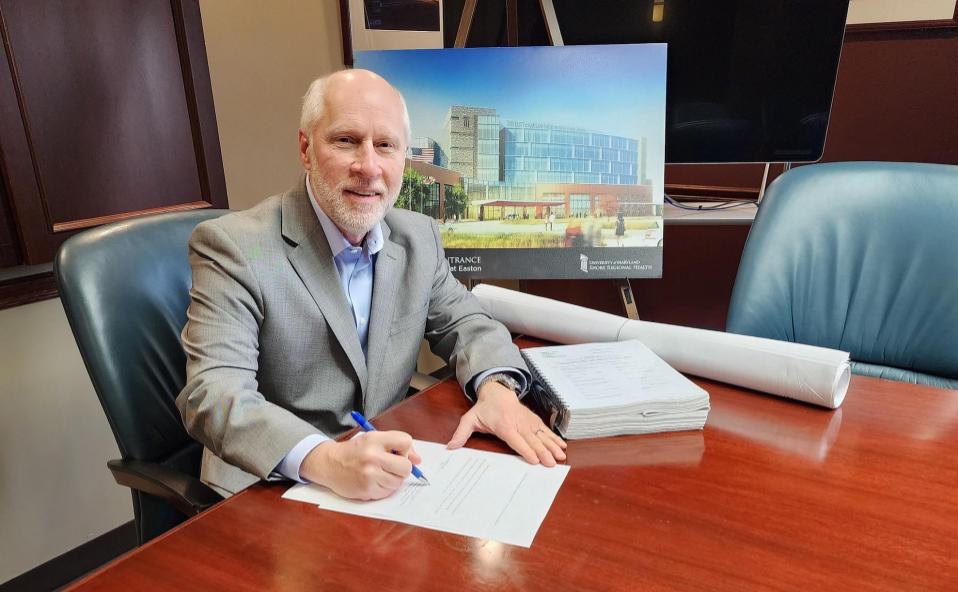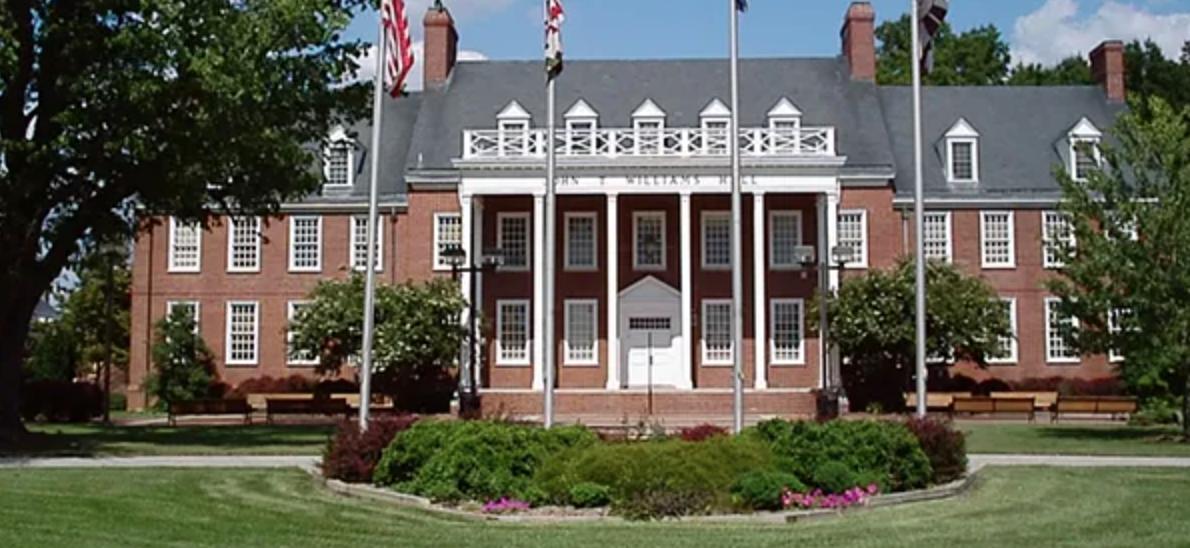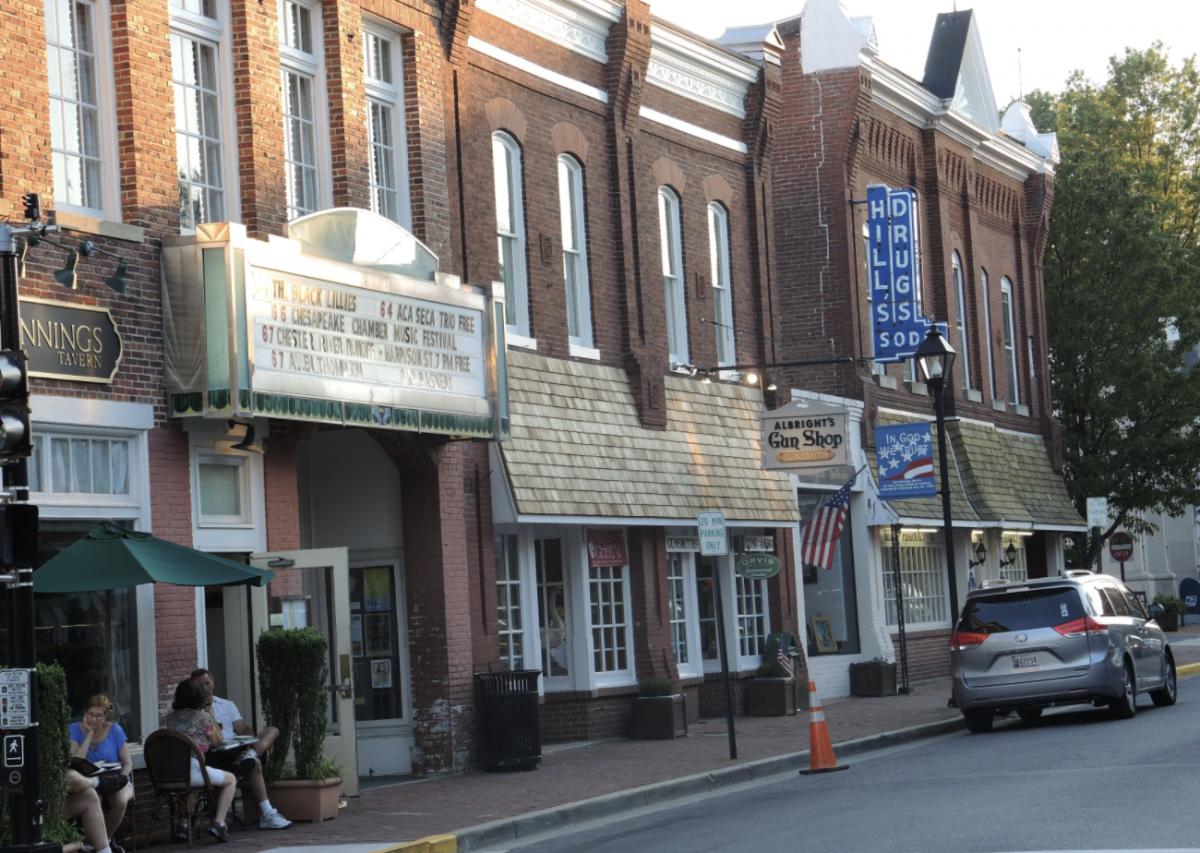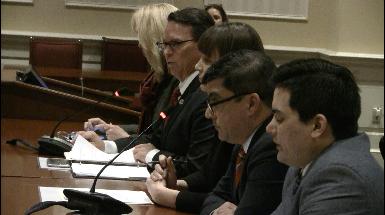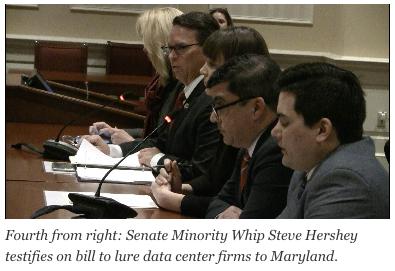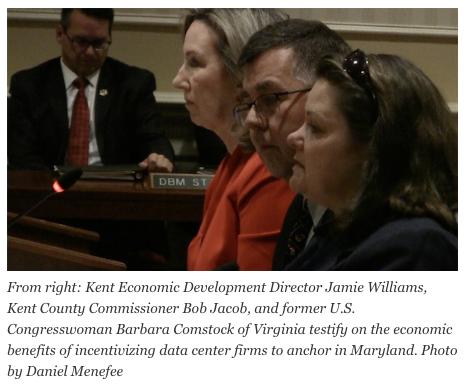The Talbot County Department of Economic Development and Tourism in partnership with the Talbot County Free Library in Easton continues its spring speaker series on Monday, March 6 at 6 p.m. with University of Maryland Shore Regional Health President and CEO Ken Kozel. The free series takes place at the Easton Branch of the Talbot County Free Library, with limited seating available.
Kozel will speak about proposed plans for a new regional medical center at a site near the Talbot County Community Center. He will share updates regarding the proposed project specifications, planned core programs and specialty centers, project timeline, and more.
Recently named to The Daily Record’s Power 100 List, Kozel has served as UM Shore Regional Health President and CEO since 2011 and is recognized as a Fellow of the American College of Healthcare Executives. He is a proven leader with an extensive background in building and managing collaborative teams, overseeing multiple clinical and non-clinical divisions and departments, and achieving strategic objectives.
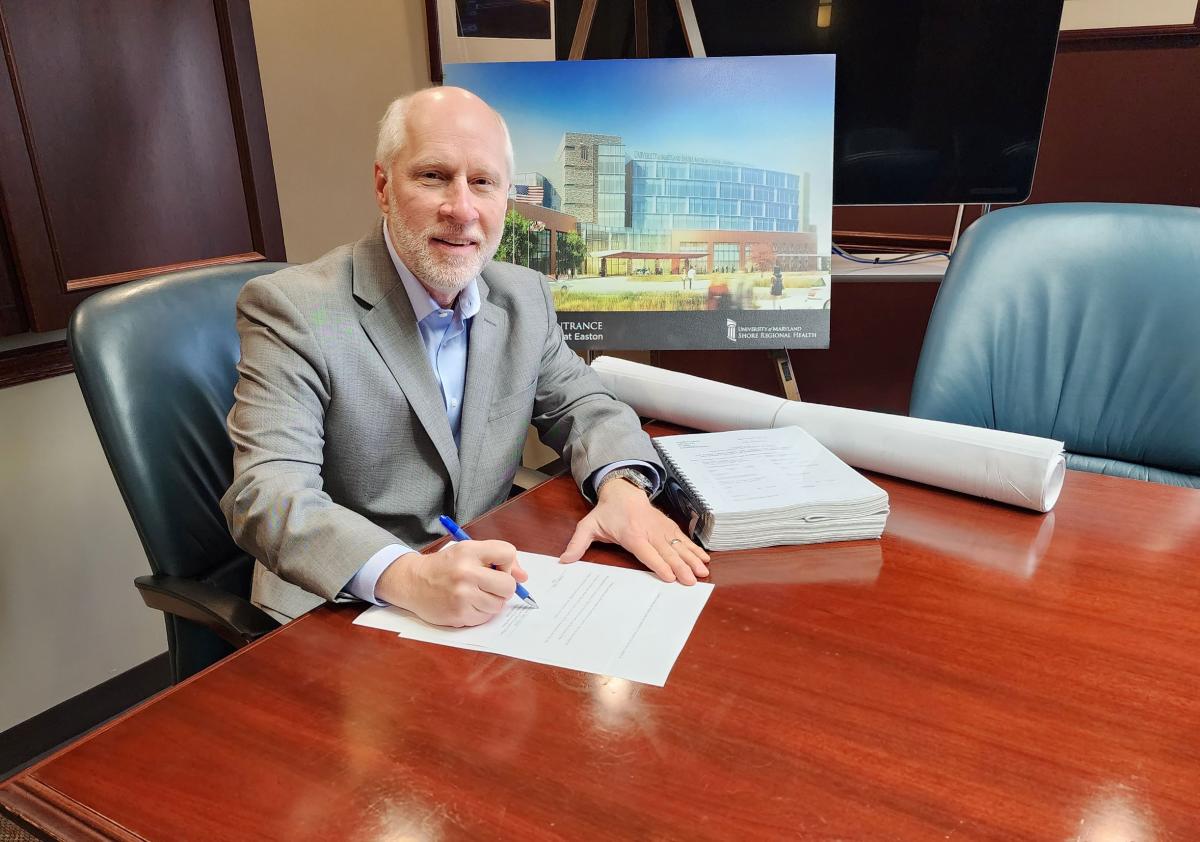
On Monday, March 6, University of Maryland Shore Regional Health President & CEO Ken Kozel, MBA, FACHE, will speak at the Easton branch of the Talbot County Free Library about the recently filed Certificate of Need application for the proposed new hospital and medical services building on the SRH-owned site near Talbot County Community Center.
“The proposed regional medical center will be one of the biggest economic development projects Talbot County has seen in recent years,” says Talbot County Economic Development and Tourism Director Cassandra Vanhooser. “We’re delighted to partner with the library to bring this business information to the people of Talbot County.”
On Monday, April 3 at 6 p.m., former Perdue Agribusiness President for Perdue Farms and Grain Marketing Consultant Dick Willey will speak about how the war in the Ukraine is affecting grain markets and business outcomes.
For those unable to attend, the “Let’s Talk Business” speaker series will be videotaped and shared on Talbot County Economic Development and Tourism’s YouTube channel.
The Talbot County Department of Economic Development and Tourism’s mission is to enhance and promote a business-friendly environment for current and prospective enterprises and to advocate for policies that support and strengthen the economic vitality of Talbot County. The department’s vision for Talbot County is built on the principles of strong communities, empowered businesses, and innovative solutions.
Business owners and managers are encouraged to attend all sessions of the speaker series and to subscribe to the Department of Economic Development and Tourism’s Talbot Works newsletter and breaking news at www.talbotworks.org. The department can also be reached at 410-770-8058 or by visiting their office at 11. S. Harrison Street, Easton, Md.
